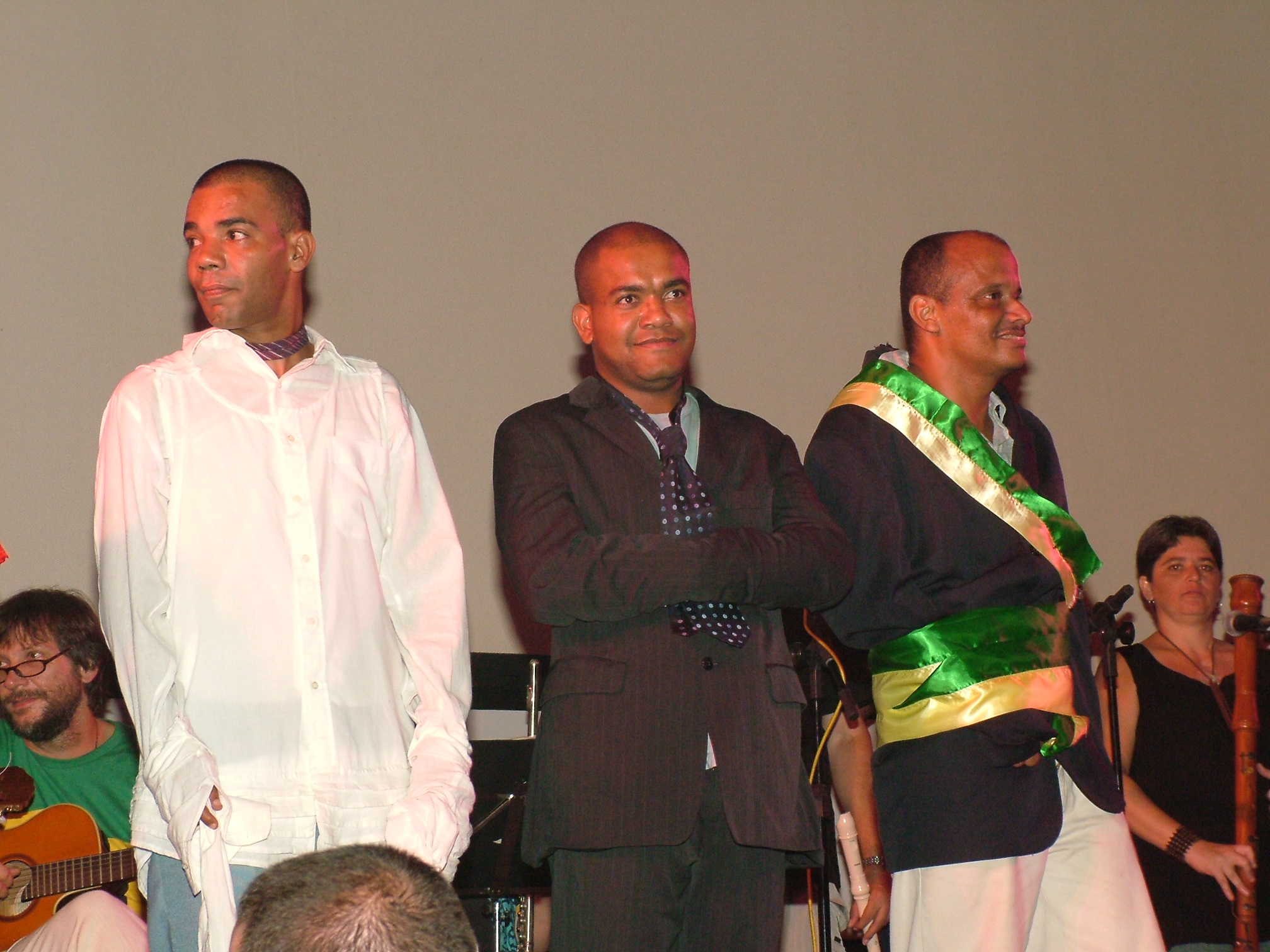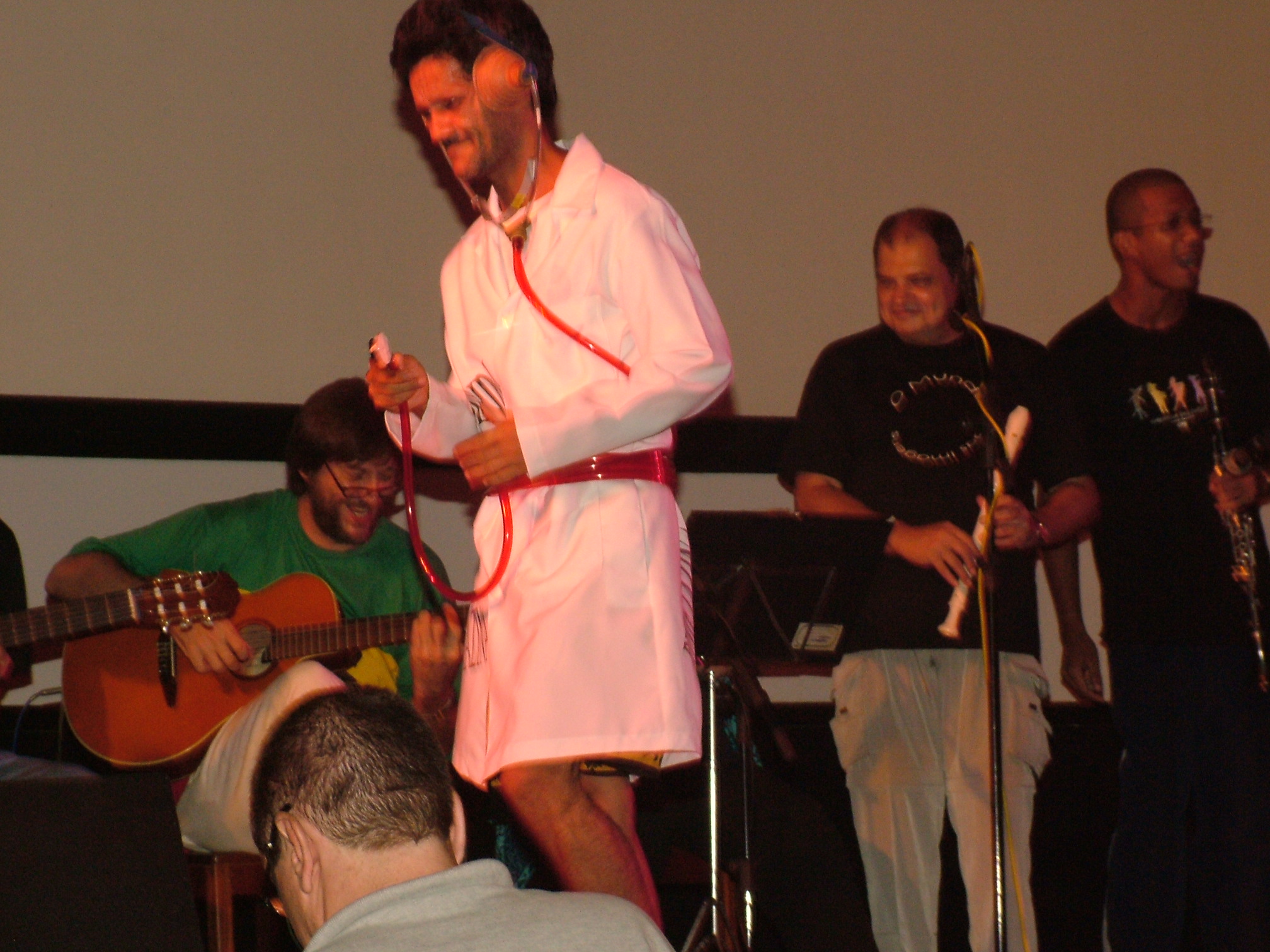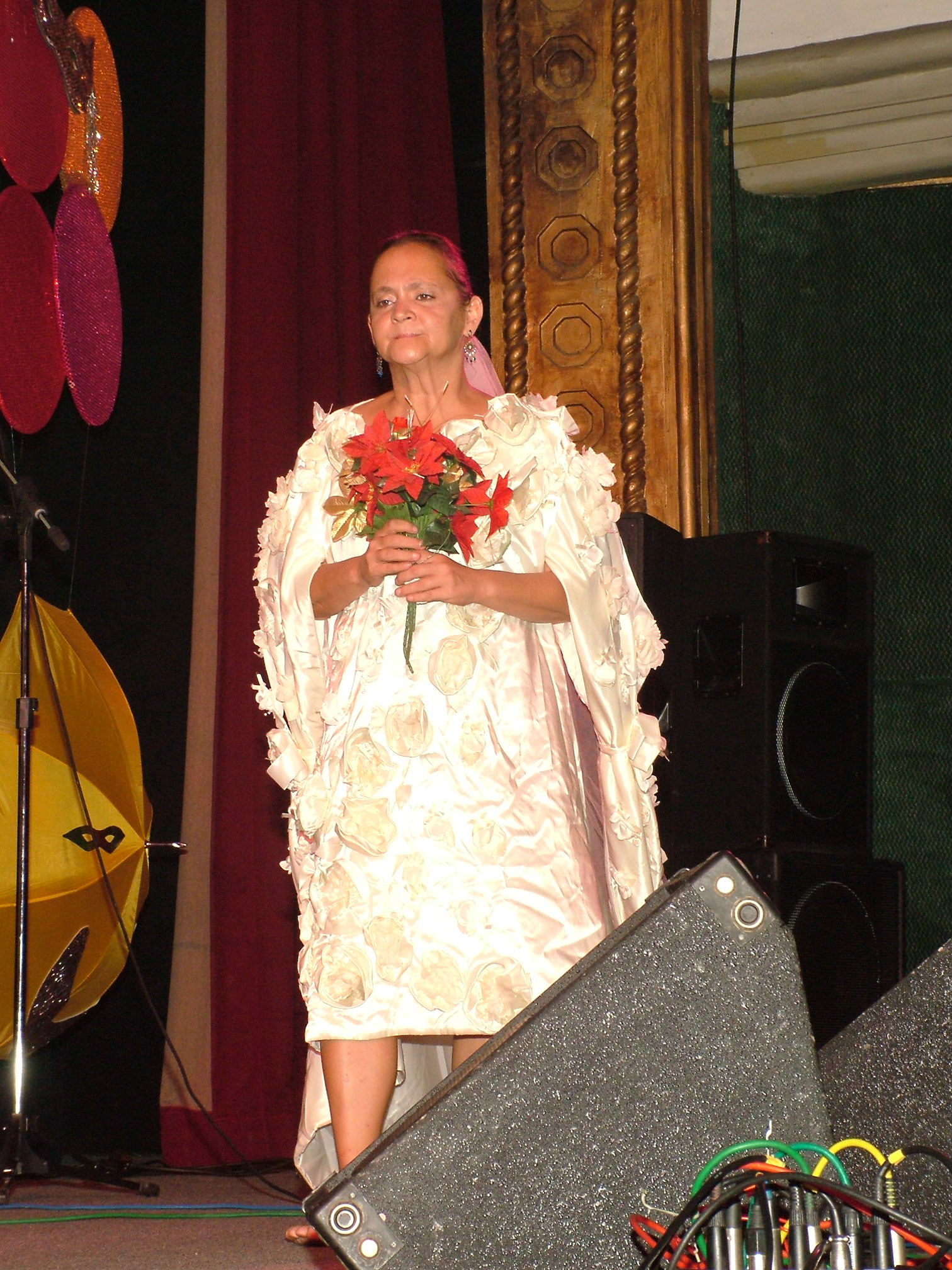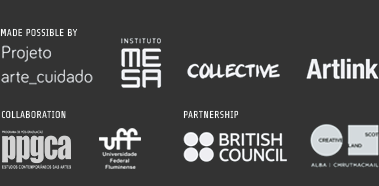
Lula Wanderley and Rogério. Sutis laços que nos une [Subtle Ties that Unite Us]. Video stills, c.1990.
Espaço Aberto ao Tempo [Space Open to Time]: An Institution in Search of a Poetic Psychiatry
Lula Wanderley
I was working as an artist based in Recife, where I had also begun to study medicine. During a one-month stay in Rio in 1976, I visited the house of the renowned psychiatrist Dr. Nise da Silveira, invited by a neighbor of my cousin who was part of a study group at her house. On that first visit, Nise surprised me with an invitation to present, with her help, some readings at subsequent study group meetings – an experience that greatly expanded my view on the concepts presented and their authors. At the end of the presentations Nise made an even more surprising proposal – “Do you want to do an internship with me?” It was the adventure I needed to shake up my life. Surprised, I told her, out of insecurity, that I would have difficulty working with the theories of the unconscious and that I had no vocation for the biological side of medicine. Her immediate response came from someone who had probably been watching me carefully: “Use your sensibility as an instrument of work.” So I went to train with her and later worked at the rehabilitation clinic Casa das Palmeiras (inaugurated by Nise in collaboration with Maria Stela Braga, Belah Paes Leme, Ligia Loureiro e Alzira Lopes Cortes in 1956), where Nise held her clinical practice.
My passion for Casa das Palmeiras, with its spontaneity and intense affective exchanges, was instantaneous. It helped me to recreate myself and to go about constructing a new existence within psychiatry. It helped me to create a clinical practice that brings together knowledge and experience in close harmony – one that does not anchor itself in the transcendence of a theory, but rather, in the immanence of the encounter, where each case produces its own theory and method. A clinic with a “scorpion’s skin,” able to detach and constantly recreate itself, a recreation that is, at once ethical, aesthetical and political. Nise’s reference to sensibility was the bridge that would soon lead me to the poetic clinical experiences of the artist and therapist Lygia Clark’s Objetos relacionais [Relational Objects], Estructuração do self [Structuring of the Self, c. 1968], and later to the creation of Espaço Aberto ao Tempo [Space Open to Time] – known as EAT. I initially came to Lygia as a patient, taken by Gina Ferreira, my wife, who at the time was working through the Estruturação do self with Lygia. After an experience of a year working with the Objetos relacionais, Lygia invited me to develop a project with the Estructuração do self. This is how I became her friend and collaborator. At the same time, I worked with the critic Mário Pedrosa, a great supporter of Nise’s work, with whom I had also worked at Casa das Palmeiras. Faced with the challenge of Lygia’s invitation to collaborate, it was Mário who helped me to situate myself in relation to her work and I worked intensely with Lygia in the last decade of her life.
Returning to Nise, I began my psychiatric practice with her at the Casa das Palmeiras and then later became an employee of the Museum of Images of the Unconscious (MII). Nise founded the museum in 1952 as a division of the Occupational Therapy and Rehabilitation Sector (STOR) of the then Pedro II Psychiatric Center located in the northern Rio de Janeiro neighborhood of Engenho do Dentro. (Formerly a federally run psychiatric center, in 2001 became the Instituto Municipal Nise da Silveira). At the end of the 1970s, Nise and Mário Pedrosa created a project to restructure MII and I was part of the project team, hired as a researcher supported by FINEP (Financiadora Nacional de Estudos e Projetos – National Financier of Studies and Projects) that had awarded the museum a grant. I was officially hired as a doctor. However, I did not do any medical work there. At Casa das Palmeiras, yes, I had worked as a doctor, but more in a psychotherapeutic context, where there was creativity and freedom. As a doctor I had also coordinated the theater group, for example. In the museum I facilitated art workshops and worked a lot on museological issues. Working at the museum I witnessed the arrival of a wonderful group of professionals at the Pedro II Psychiatric Center, who, mobilized by the utopian activism coinciding with the end of the military dictatorship (1964 – 1985), had decided to transform the genocidal nature of Brazilian psychiatry, giving rise to the Psychiatric Reform movement. It was politically courageous, particularly considering that these professionals were recognized professors, among them, Jurandir Freire Costa, Benilton Bezerra, Paulo Amarantes and Neuza Santos, in search of an organic and transformative knowledge. I joined up with them offering my experience with Nise, Mário and Lygia. These were ambiguous times. There were still remnants of the dictatorship throughout society and all of these progressive professionals were violently expelled by the then Minister of Health, part of Sarney’s government (1985 – 1990), in a federal intervention aimed at maintaining the old structures. I was thrown out of the museum and put to work in a psychiatric hospital that was fast becoming cruel and insane. As a doctor I did not know what to do, since I had never worked as a psychiatrist in a traditional capacity. However, I met a group of professionals who, like me, were trying to resist the intervention of the federal government. We reorganized all our forces and, in a gesture seen nowadays as almost too daring for the time period, we completely dismantled the structure of the old hospital, and created Espaço Aberto ao Tempo. In this way, I “survived” the punishment by restoring my poetic clinical practice from the time of Casa das Palmeiras (indeed with even more radicality) continuing the previous political struggle. I remember that Nise had worked with a psychiatrist named Iracy Doyle (1911- 1956) there was a picture of her on the wall at Casa das Palmeiras. They developed a proposal for a social psychoanalysis clinic, that was to be an open house for patients that were leaving institutionalization, but it was not well received at the time. I wonder if everything that culminated in the Psychiatric Reform movement would not have been anticipated if they had they been able to implement this service at the end of that seminal moment.
EAT was created in 1988 by Carmen Lúcia Sobeira, an occupational therapist key to its foundation, and myself. One of the first contemporary Brazilian experiences of a clinical mental health practice, EAT later aligned itself with the guidelines established by Psychiatric Reform. Our work is based, in a general sense, on the possibility of inventing an experimental and poetic clinical practice. In this, the spontaneity, flexibility and creativity that structures everyday life are affirmed as tools for reinventing subjectivities and reestablishing communication with the world through the practice of multiple languages of literature, visual arts, music, dance, among others. At various timeframes a particular language or media was highlighted as a “spearhead activity” created as a means to dialogue with society. When it was the turn of literature we created the publishing house Arte e Engenho that printed books written by EAT patients of EAT [T.N. Engenho de Dentro is the neighborhood where the psychiatric center is based. Engenho means “mill” in Portuguese but also can mean ingenuity or resourcefulness]. The group of performances Ações Poéticas [Poetic Actions] emerged in a similar manner, soon joined by the music group Sistema Nervoso Alterado [Altered Nervous System] giving rise to the Group Ações Poéticas: Sistema Nervoso Alterado. The body and its affects were from the outset the most important interests, enabling EAT to be a field of experimentation and research for the dancer, choreographer and teacher Angel Vianna, and a place of experimentation drawing on the work of Lygia Clark, sparking the interest of the English critic Guy Bret, who for a time provided resources for the maintenance of these activities.
Throughout its thirty years of operation, EAT has collaborated with numerous artists, critics, researchers, doctors, therapists, and health agents. Currently musician Leandro Freixo teaches music workshops at EAT. In recent years, the doctor and writer Edmar de Oliveira, the musicians Guilherme Milagres and José Henrique Nogueira, the choreographer Alice Ripol, and others have worked with us. Currently the musician Leandro Freixo offers a music workshop recreating the band Sistema Nervoso Alterado. Recently, EAT was recognized by Instituto Municipal Nise da Silveira as a Centro de Atenção Psícosocial [Psychosocial Attention Center – CAPS] and has moved to a new building. The experience of EAT has always permeated my work as an artist. So for this text I include brief descriptions and where available videos and images of a body of work that I presented recently as part of the exhibition Lugares do delírio [Places of Delirium] curated by psychoanalyst and critic Tania Rivera at MAR / Museu de Arte do Rio de Janeiro in 2017 and SESC Pompeia in São Paulo in 2018.1 The objects, projects and videos on display were developed over the last 30 years and articulate the therapeutic and artistic as two complementary dimensions of my work. Much of it carried out in partnership with EAT patients.
As dízimas periódicas [Recurring Decimals] with Roberto Garcia
Roberto Garcia in collaboration with Lula Wanderley and Leandro Freixo. Combinatorial Analysis between a Recurring Decimal and a Geometric Progression. Video, 16’00 “, 1990s.
The video illustrates a musical structure transformed into a performance created by Roberto Garcia based on his painful experiences connecting suicidal impulses to mathematics. Roberto came to see me at EAT. He told me that he “was hearing voices” that were asking him to jump out of his bedroom window. To contain himself he created what he called a “memory spiral”. In search of a primordial image that would relieve him of his anguish, Roberto would touch his body and let “memories” of the past come “at a great speed.” His thought process was like a screen where he saw all his life projected. Seemingly without a means of containing the dissociative forces that were propelling him to death, Roberto found himself interested in the exactitude of mathematics, perhaps as a way of exercising a form of rigorous thinking to counter the approaching chaos.
Roberto’s research based on a mathematical intuition (indivisible numbers and their decimal recurrence) led him to discover and be fascinated by the way in which a series of numbers repeats infinitely in rhythms that, if projected spatially, resemble infinite spirals: recurring decimals. Within parts of this spiral in a two-dimensional space (by the combination of two series of numbers, on a Cartesian axis), Robert then composes forms that, like cells, repeat themselves infinitely. The interference of color inserts these forms into the two-dimensional pictorial space. Roberto composes forms, whose exactitude and symmetry, resembles mosaics. In partnership with the musician Leandro Freixo using a computer program that writes scores, Roberto transcodes this two-dimensional plastic space into a musical structure. From a numeric value assigned to musical notes (440 hertz is the number assigned for instrument tuning) turns a series of spiral numbers into a combination of musical notes.
This is when he has the revelation of the “mathematics of life”: that cells that divide / multiply and differentiate themselves from the trophoblast cell (the stem cell) to form our body, obey the rhythms of “spiral numbers.” He dreamt of constructing a mathematical structure that could turn into music any series of numbers that could correspond to each organ of the body. Recomposing his empty body, Roberto contains the impulses that the voices impose upon him: the spiral reveals his impulse toward life as he seeks to recover the organic nature of his empty body. A while later, we presented the symphony that he had created with professional musicians at the inauguration of a special room at the theater of the State University of Rio de Janeiro (UERJ). Thus was born, what later came to be called, the Grupo de Ações Poéticas [Group of Poetic Actions]: Sistema Nervoso Alterado [Altered Nervous System].
Grupo de Ações Poéticas: Sistema Nervoso Alterado
The uniqueness of the work of Grupo de Ações Poéticas: Sistema Nervoso Alterado lies in its quest for an artistic construction that draws on the experience of participants, transformed into creations, but that does not allow such a quest to be easily swayed into imitating entertainment industry products. The result of this proposal goes beyond mere creative workshops in that it potentializes the capacity for creation and integration of all involved, materialized in the form of a show presented in various cultural contexts: public schools, cultural centers and theaters. The diversity of encounters within a collective effort to achieve a unique goal: the spectacle and its celebration, becomes a strong experience in the life of each participant. Pleasure becomes a source of growth.
The group began in 1994 as Grupo de Ações Poéticas that from 2005 onwards called itself Sistema Nervoso Alterado under the musical direction of Guilherme Milagres and Leandro Freixo, with compositions by Illcatan, Geronimo and Jackson, performance direction and creation by Daniel Oliveira, Lula Wanderley, Sandra Autuori and Maurício Junqueira, costumes by Neusa Campanolo, participation of the actors Mônica Rodrigues, Luciano Soares, Márcio Romeu, Geronildo do Nascimento and Fernanda Nogueira, and the musicians Max, Diego Rebello, Cláudio Francisco, Marcos Inácio, Severino dos Santos, Adriano Calca, Laércio Cláudio, Pedro Berenger, Alexandra Montalvani and Cristiana Corcine. Today the group continues under a new format, with the name Sistema Nervoso Alterado Jazz Band [Altered System Jazz Band].
Corações em desatino [Hearts Out of Whack]
Sistema nervoso alterado, circa 1990.
The opera cordel Corações em desatino [T.N Cordel is a traditional form of popular literature from Brazil’s northeast] featured a dialogue on Brazilian Psychiatric Reform between a singer from Brazil’s Northeastern traditions and a contemporary rapper. The band gave the songs dynamism with the fusion of several rhythms, while the choir lent a fantastic spirit of rebuttal to the dialogue.
Alterado Fashion Week [Altered Fashion Week]
Alterado Fashion Week was a musical in which we satirized the social imaginary of exclusion through a parody of fashion shows. In it we designed, dressed up and paraded in “straight jackets” that represented the insults we are forced to “wear” / endure in Brazilian society: the straitjacket of politics, the press, justice, oppression, women, etc.
Os murais de Ênio Sergio [The Murals of Ênio Sergio]
Os murais de Ênio Sergio, 1980.
Once we were invited to spend a day in a country location. Ênio did not want to go and asked if he could stay and also for a few cans of paint so that he could paint a mural. We returned late afternoon and found Ênio exhausted. He had painted the entire interior of the building: the men’s wing of the old Gustavo Ridhel Hospital, where the idea to create EAT would soon originate. In total he painted about 12 murals including windows, doors and staircase sidewalls in a moving style of fantastic realism. In painting his murals, Ênio Sergio “broke down” the walls of the hospice and allied himself with us in the construction of EAT. Some time later, the psychiatric institution erased all the murals of Ênio Sergio and we, occupying the abandoned hospital corridors, created EAT.
Insônia (Eu horizontal x eu vertical [Insomina: I horizontal / I vertical] with Wanderlei Ribamar
Lula Wanderley and Wanderlei Ribamar. Insônia. Video for multimedia installation, 06’40, 2016.

Fig 5. Installation view: Insônia (Eu horizontal x eu vertical). Lugares do delírio, SESC Pompéia, São Paulo, April 10th – July 1st, 2018). Photo: Everton Ballardin.
Wanderlei Ribamar asked me what he could do about his insomnia. I suggested that he create films by taking advantage of his excessive alertness. I gave him a rudimentary video camera and he did several amazing movies. Videos where the filmmaker does not seem to dominate the flow of images, but where they are rather an imprint of the rhythm and direction of his gaze. Together with Sandra Autuori (editing) and Manuel Lima (sound) I created the installation: Eu horizontal x Eu vertical – an example of a rich partnership between clinical practice and museums and art galleries.
Sutis laços que nos une [Subtle Ties that Unite US (with Rogério)]
Lula Wanderley and Rogerio. Sutis laços que nos une. Video 05’21 “, 1990s.
Roger finally showed signs of improvement. One of them was to change his destructive restlessness (he used to throw his face against the wall or cover it with feces) in a habit that at first bothered me: he stood next to me and, like in a mirror game, copied all of my movements. By the seriousness with which he did this, it led me to think that Rogério was seeking empathy with me as a possible (archaic) path toward a new communication with the world. By appropriating my gestures, Rogério was seeking the consciousness of his own.
During the 1980s and 1990s we experimented with all of Lygia Clark’s body propositions at EAT (not just Estruturação do self); well before they became “deadened” in institutional art spaces or fetishized in playful groups of corporal experiences. Lygia had given me a geometric spatial structure that was formed via the gestures of two participants. Estruturas vivas [Living Structures] were constructed, by each participant in the proposal, via small bands of interlaced elastic. I began to exercise these subtle ties that unite two people with Rogério. At that time the dancer Angel Vianna, taking advantage of the arrival of Italian dancers who worked in the health area, organized a dance and performance festival and invited EAT to participate: I asked Rogério to be part of a presentation. Before the spectators in that improvised theater, we move (in co-movement) in search of a vibration in the same tune (empathy) that leads us to create new rhythms and movements – an abstract and intense communication. For us the elastic structure was “invisible”, incorporated into our gestures in the flow of space-time – pure experience. In the end, at the last movement, in a daring gesture, he places his feet on my feet as if he wants to perpetuate the fusion of bodies. The elastic game creates a continuum between my body and his, but the structure, absorbed in an inner time and simultaneously returned to space in the form of a dialogue, brings, for each of us the awareness of the gesture. I become conscious of Rogério and vice versa through the elastics, in this way we communicate and recognize each other via the other’s movement. It was what he was looking for when he was copying my movements.
Vaso dos sonhos [The Vase of Dreams]
Lula Wanderley. Vaso dos sonhos.
Vaso dos sonhos is a poetic experience that I developed in public schools to dialogue with children in the municipality of Paracambi. Dr. Eiras Hospital, the great hospice of Paracambi, was going to be closed and the city was afraid of the “invasion of the insane.” Gina Ferreira was doing a cultural intervention project in the city to raise awareness of the need to end the insane asylum and invited EAT to participate. It was my responsibility to talk to the children about the events and to demystify the chaotic image that had been created. I had the idea for a symbolic action of storing their dreams in an enormous vase that would be a poetic document of our encounter.
Dialogo da projeção do olhar [Dialogues of the Projection of the Gaze]
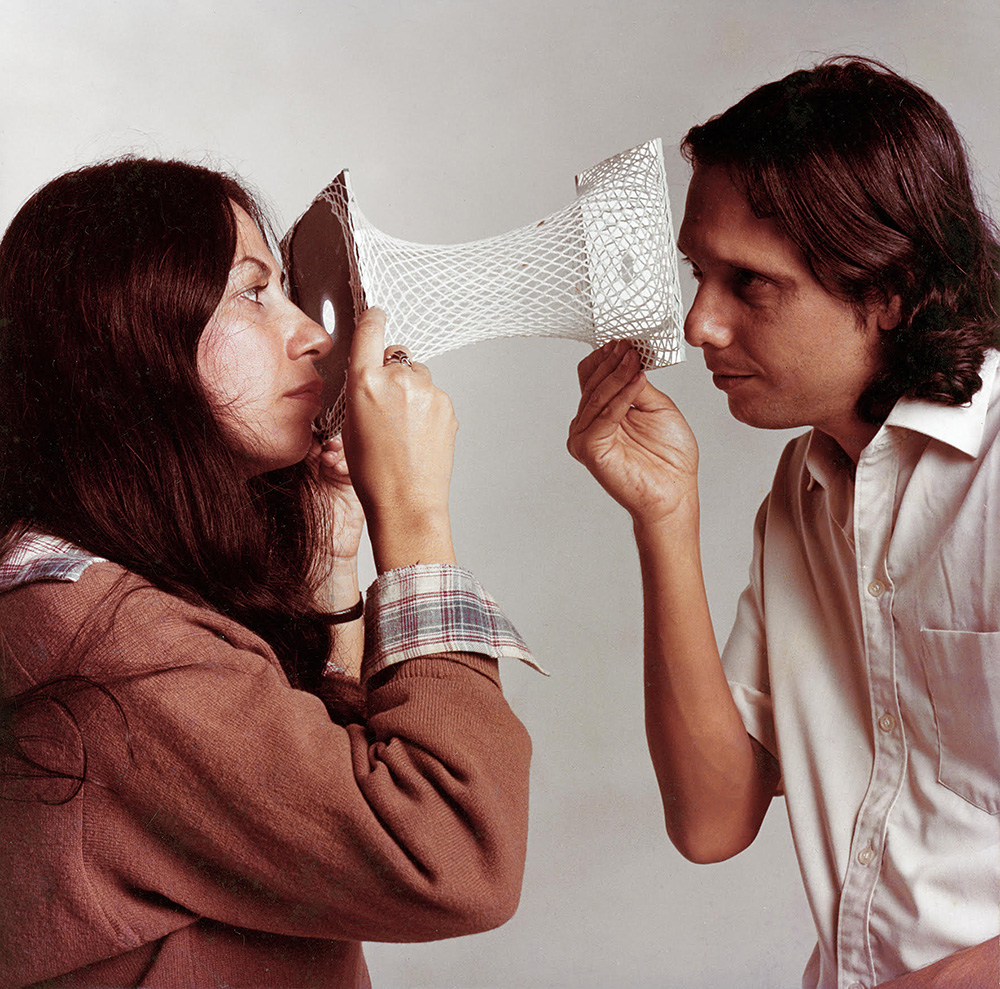
Fig 6. Lula Wanderley. Diálogos da projeção do olhar: Lula Wanderley e Gina Ferreira. Objetos e fotográfia, c.1984
After I finished my experience of Estructuração do self, I created for Lygia Clark three dialogues featuring the projection of the gaze in mirrors: it was an attempt to create a metaphor for my process with the Objetos relacionais.
This text draws on material prepared for the exhibition Lugares do delírio [Places of Delirium] curated by Tania Rivera held at Museum of the Art of Rio (MAR) in 2017 as well as on various conversations with the editors of this edition of Revista MESA and recent interviews such as “A Reestruturação do Selfie” with Analu Cunha, Inês Arauju and André Sheik in Revista Concinnitas v.2, n.29, junho 2017 [Available online http://www.e-publicacoes.uerj.br/index.php/concinnitas/article/view/28171/20592
***
Lula Wanderley
Lula is an artist, born in Pernambuco, who has lived in Rio de Janeiro since 1976. In Recife he worked as a graphic artist in newspapers and magazines and experimented with visual poetry. Simultaneously, he studied medicine and graduated from the Federal University of Pernambuco. In Rio, he collaborated with Nise da Silveira at the Casa das Palmeiras, and with her and Mario Pedrosa on the project to reformulate the Museum of Images of the Unconscious, sponsored by FINEP. He has held individual exhibitions, among them A estratégia angular de um poema (CMAHO, curator Izabela Pucu, 2016) and participated in various collective exhibitions such as the recent Lugares do delírio curated by Tania Rivera. He also collaborated with Lygia Clark on her research on art / body / psychism. He created EAT in late 1980s which he continues to coordinate and where he has been working with psychotic patients for over 25 years, with the goal of constantly searching for an experimental and poetic clinical practice.
______



